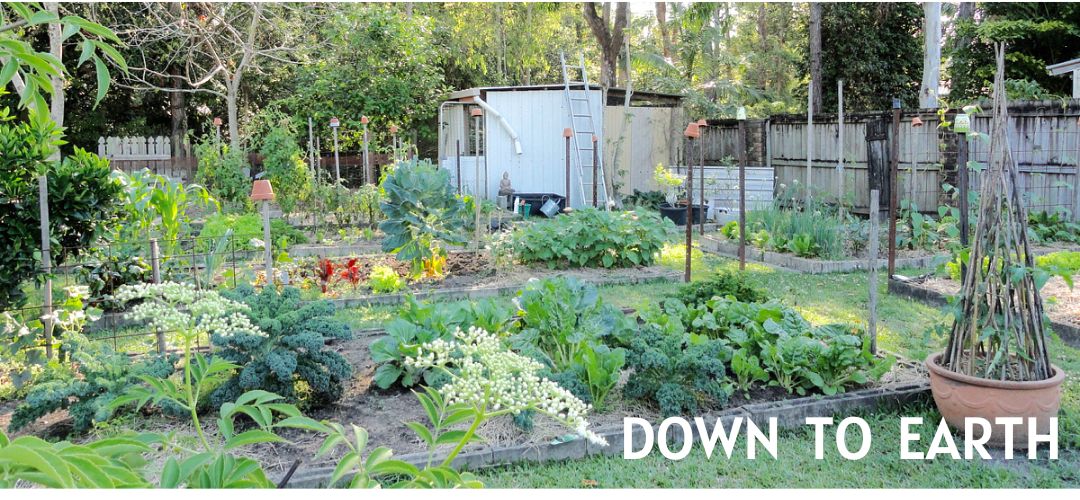I finished my bread bag a couple of days ago and it's a nice bag to use. I'm not sure how good it would be in other climates but with our humidity, it doesn't trap moisture inside the bag and it doesn't go mouldy. If you're in a cold or mild climate, and you have been using a linen bag, please tell us what your experience is.
Now I have my linen bag, I slice the bread as soon as it's cooled down, and place half in an airtight plastic box which I keep in the freezer. The other half is kept in the linen bag and I'm seeing how it goes being out of the fridge. It takes us about a week to eat one loaf and so far it's going well.
It's difficult giving advice about storing bread because people have differing expectations. Your climate and the inside temperature of your house play a big part too. Some kitchens in a cold climate are warm because the fire is going. Some kitchens in a warm climate are cool because the air conditioner is cooling the home.
Now I have my linen bag, I slice the bread as soon as it's cooled down, and place half in an airtight plastic box which I keep in the freezer. The other half is kept in the linen bag and I'm seeing how it goes being out of the fridge. It takes us about a week to eat one loaf and so far it's going well.
It's difficult giving advice about storing bread because people have differing expectations. Your climate and the inside temperature of your house play a big part too. Some kitchens in a cold climate are warm because the fire is going. Some kitchens in a warm climate are cool because the air conditioner is cooling the home.
One thing is for sure, bread, particularly homemade loaves which don't contain any preservatives, start going stale the day after they're baked. The main thing to remember is to slice and freeze large loaves and take out only enough bread that you'll use for a day or two. Bread defrosts fast and you can make sandwiches with frozen slices. Toasting frozen bread gives you the same result as toasting fresh bread.
When you make your own linen bag, make it fairly narrow so the bread remains as a loaf shape without allowing the slices to slip out. Keeping the loaf together stops it drying out too fast. My bag is 28cm/11½ inches wide and 43cm/17 inches long. A longer bag allows me to add a couple of bread rolls to the bag, as well as the bread, if I want to.
Another thing to remember is to make your bag using fabric with plant origins. Linen is a specific type of fabric made from flax plants. It's strong, absorbent and easy to clean. Cotton is another fabric you could use. It's a natural fibre made from the cotton plant which is breathable, soft and easy to clean. You could also use hemp. Acrylic and polyester are both made of plastic and are not suitable for bread bags.
I'd like to see your bread bag if you make one. Add a photo on IG and I'll find it.
When you make your own linen bag, make it fairly narrow so the bread remains as a loaf shape without allowing the slices to slip out. Keeping the loaf together stops it drying out too fast. My bag is 28cm/11½ inches wide and 43cm/17 inches long. A longer bag allows me to add a couple of bread rolls to the bag, as well as the bread, if I want to.
Another thing to remember is to make your bag using fabric with plant origins. Linen is a specific type of fabric made from flax plants. It's strong, absorbent and easy to clean. Cotton is another fabric you could use. It's a natural fibre made from the cotton plant which is breathable, soft and easy to clean. You could also use hemp. Acrylic and polyester are both made of plastic and are not suitable for bread bags.
I'd like to see your bread bag if you make one. Add a photo on IG and I'll find it.


